The first settlers to that area of Louisiana found the woods full of wild hogs and these Indian dogs that were indigenous to the area. In fact there were so many wild hogs in the woods that they were considered to be a nuisance and of little value. Early settlers described them as being so poor that you could make "head sauce" (pronounced sowce and meaning hog head cheese) out of them but they had no meat on their bones. This generated the names "razorback" or "piney woods rooter."
The idea that the natives had Catahoulas upon the arrival of the first European settlers to the area is difficult to prove and is best offered as legend. The fact that the natives had domestic dogs was recorded by the scribes of Spanish explorer, Hemando de Soto.
As of 1539, when de Soto's expedition landed in Florida and began their odyssey throughout the Southeastern U.S., there was only one species of domestic animal in North America, the native Indian's dog. This dog was described by members of de Soto's expedition as looking exactly like the wolf except that it barked and the wolf only howled. There were 700 men on the expedition and the various scribes that wrote of their experiences gave only that limited description of the Indian dog (other than numerous references to eating them). It stands to reason that if there were more interesting observations made, they would have been reported.
The Spanish explorers had their "war dogs" with them and they were described as bloodhounds, mastiffs and greyhounds. Legend claims that these war dogs cross bred with the native Indian dogs and produced a new breed or crossbreed for the surviving Native Americans. This information was passed down from generation to generation by the European settlers in what is now North Central Louisiana. Most of these settlers were farmers who had migrated west as the Eastern lands were used up and no longer produced the crops that they were in the habit of raising.
More important to the history of the Catahoula was the herd of swine that de Soto's expedition brought with them from Cuba and Santo Domingo. These hogs were brought along as a reserve or emergency food supply. De Soto would not allow these hogs to be killed as they were for emergency or survival only. Only one time during the 3 years of de Soto's command did he allow for the consumption of pork from these hogs and that was during a time of short corn supplies from the Indians. Of the 300 head of hogs, caught on the islands of Cuba and Santo Domingo and brought with them to North America, 13 sows were recorded as belonging to de Soto. After his death some three years later (on the west side of the Mississippi river) his second in command, de Moscoso auctioned off 700 head of hogs that belonged to de Soto. This sort of increase from 13 sows should give an indication of how many hogs were actually in the herd when the expedition broke down in what is now North Louisiana or Southern Arkansas. The remaining members of the expedition killed and salted the meat of as many hogs as could be carried in the small boats that they built to travel to Mexico. The remaining hogs (the numbers had to be staggering) were given to the friendly Indians or liberated to live in the lush river bottoms of the area. These hogs destined to become known in Arkansas as "razorbacks" and in Louisiana as "pineywoods rooters" were found in the woods as the land was settled.
Just as the Longhorn cattle were left by Spanish explorers the wild hogs were a ready made resource for the settlers. The only flies in the ointment were the facts that there were so many hogs in the woods after 3 centuries of inbreeding and survival of the fittest that they were poor in condition and extremely poor in type; they were also "wild." To overcome these problems the settlers began killing off the sows that must have resembled the original swine (European Wild Boar) and replacing them with modern (for the time) Hampshire Mars. The Hampshire was used because the breed was considered the most active of domestic breeds at the time.
The early settlers around the Catahoula lake region of North Louisiana began to use these Indian dogs and/or crosses of them to pen and catch wild hogs and cows. This practice was soon developed into a method of managing herds of wild cattle and wild hogs. The peculiar way these dogs work stock is what separates them from the rest of dogdom. Their style of working stock is to effectively provide a "canine fence" around wild cows or hogs and hold them for their master. Their masters then provide direction to the movement of these wild cows or hogs while inside this "canine fence."
Catahoulas have been bred by working-oriented breeders since their instincts to work wild hogs and cattle became evident. The ability to handle wild herds is instinct and cannot be taught. A single outcross or crossbreeding so affects the instinct that it eliminates those pups from ever becoming breeding stock. This self governing instinct could easily be lost if bred for pets or show without the trial by fire working aspect being tantamount. Regardless of size, color, or color of eyes, the working instinct is the true acid test of purity in the Catahoula.

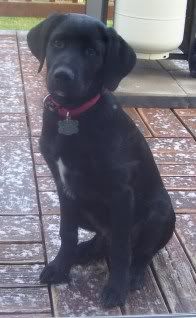








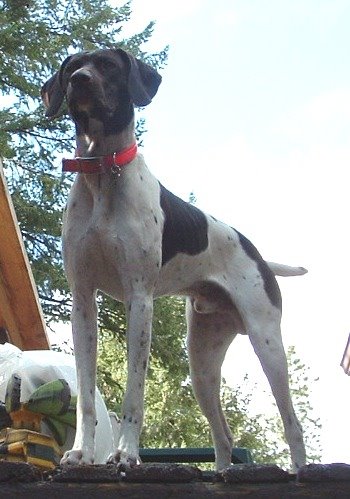
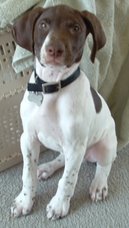

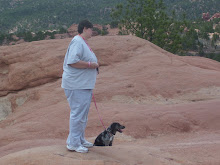


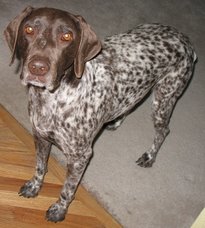
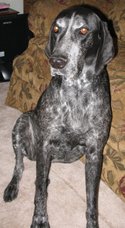

No comments:
Post a Comment